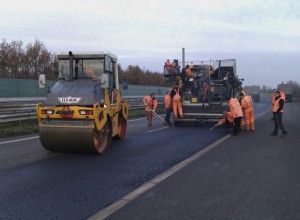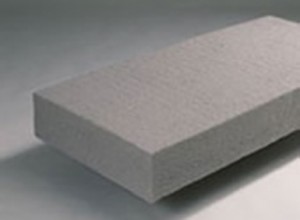 SELF-HEALING ASPHALT
SELF-HEALING ASPHALT
Self-healing is receiving an increasing amount of worldwide interest as a method to autonomously address damage in materials. This asphalt is basically a special type of ZOAB (very porous asphalt concrete) containing small steel wool fibers. A known but serious problem with ZOAB is raveling: stones at the surface coming off in time due to micro cracks in the binder.
The special ZOAB that is developed at Delft University can be heated with induction energy due to the fibers that are present, could close the micro cracks and with that, extends the service life of the road.
In the new asphalt that is developed in this project small steel wool fibers are mixed in the bitumen. After some time (probably a few years or after a strong winter like we have now) when small micro cracks occur in the bitumen and when the aggregates in the asphalt mix at the surface start to debond, the steel wool fibers are heated with induction energy. By heating up the fibers the bitumen will melt and close the cracks and repair the bond with the aggregates. It is important not to apply too much heating, because that would close all the pores in the porous asphalt.
SOURCE: www.selfhealingasphalt.blogspot.com
NATURAL INSULATION
HOMATHERM flexCL 040 is a very practical insulation material in flexible batt form, made from recycled newspaper and recycled jute sacking. The material is treated with borax to resist insects and to make the insulation fire-resistant. The material is very comfortable to work with, and can be readily cut to fit where necessary. Installation is safe and easy, protecting the health of both installers and building occupants.
Homatherm improves the climate in the building because of its thermal and vapor diffusion capacity – the ability both to regulate temperature and to absorb moisture and gently give it off again. It protects the structure and keeps it dry, prolonging the lifetime of the building fabric.
Homatherm can be used between rafters, joists and timber studs in breathing constructions. It can also be installed as a partial fill insulation for cavity wall construction with a ventilated air gap.
SOURCE: www.constructionresources.com
See the full document research here.

